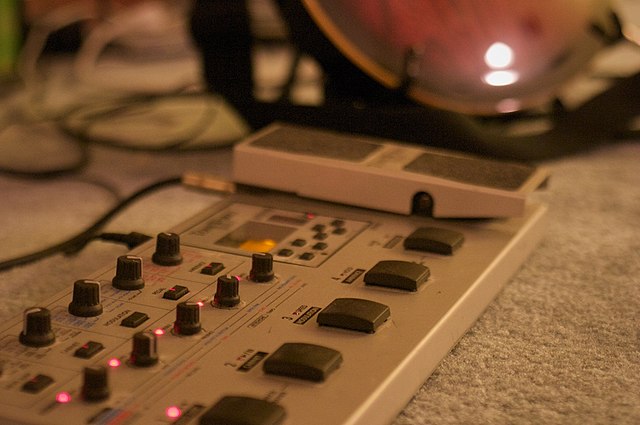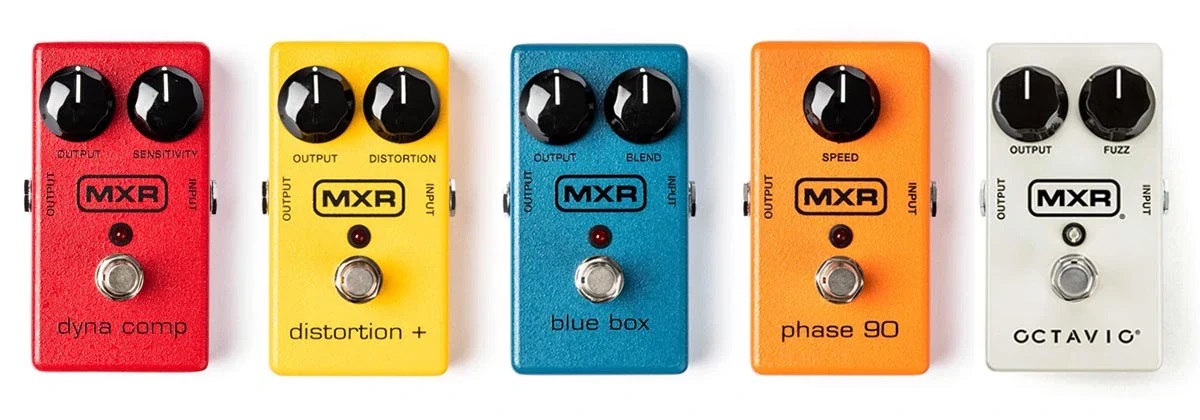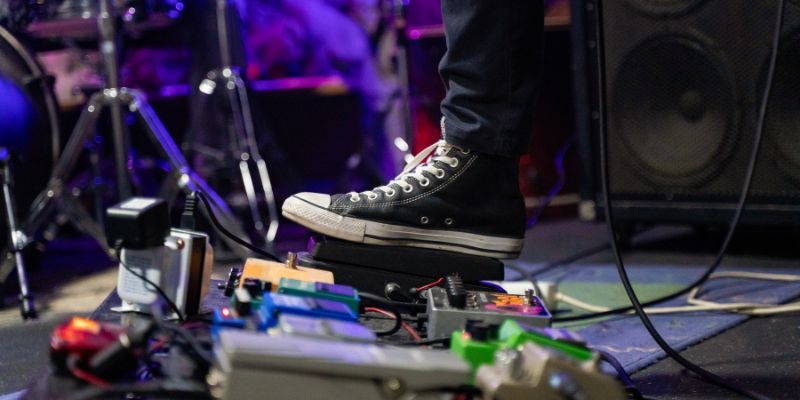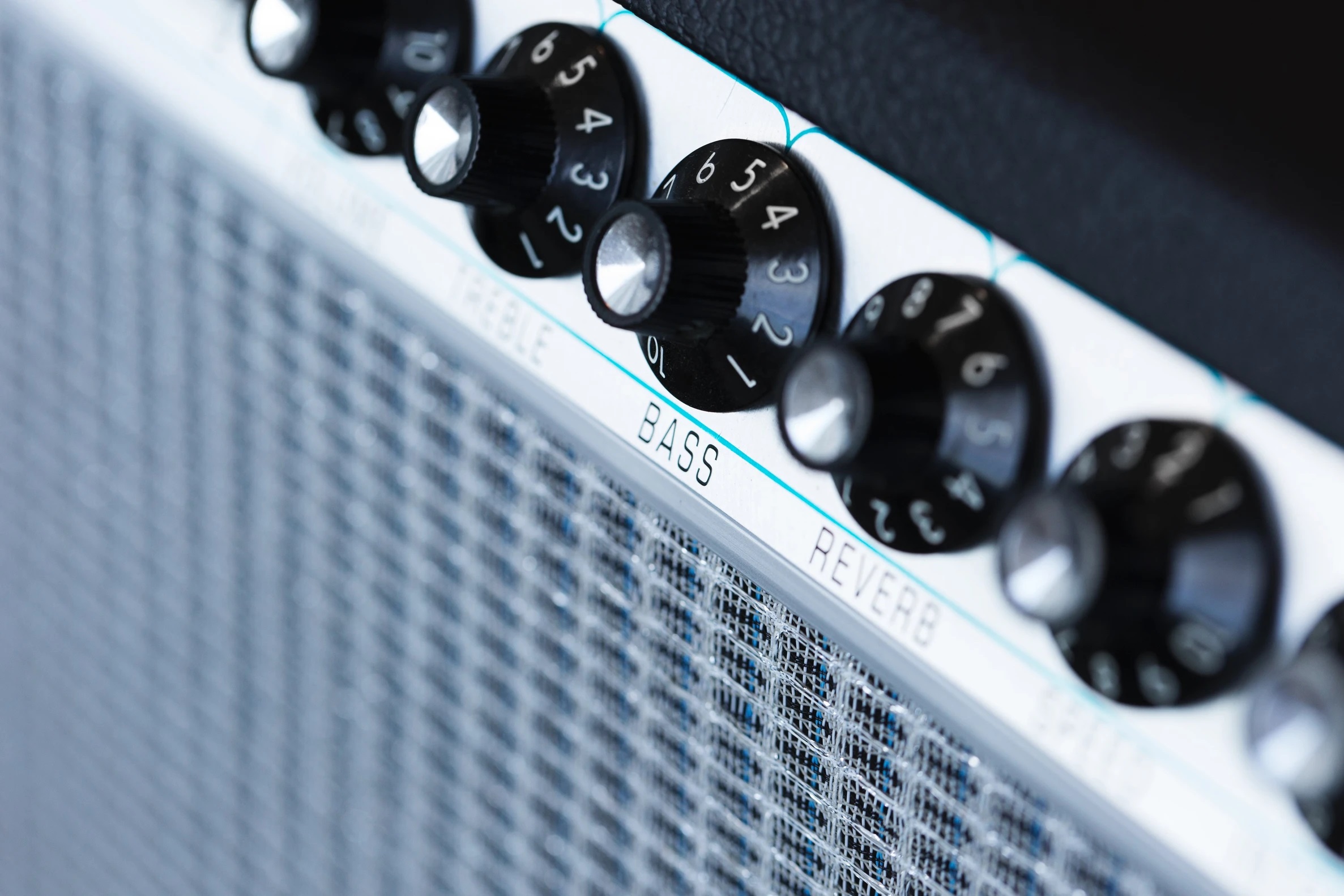Pedals vs. Processors
Let’s revisit some of the differences between processors and pedals. As mentioned in our last post, processors are more convenient in the sense that they contain all kinds of sound settings in a single interface; whereas you might need to buy a range of pedals before you’re happy with the options at your disposal. They might also make more financial sense, since you’ll only be investing once with the guarantee that most of what you need will be covered by one device.

But Which One Is Best For You?
Before deciding whether to buy a processor or pedals, however, the most important part to keep in mind is ‘knowing what you want’ and what you’re ‘going for’ in terms of tone/sound. Just from working with your guitar and amp, you’ve (hopefully) noticed that there are a LOT of variations in the sound you can produce. Each additional element you add to this signal chain is going to multiply those possibilities.
Since a single pedal is easier to understand than a processor in terms of how it alters your guitar’s sound, we would suggest that you experiment with pedals first to understand how each of them affects the overall tone. This will give you some more time to figure out what different effects: distortion, fuzz, chorus, delay, and so on, bring to your sound, and how they work in combination with each other.

Of course, since pedals are more expensive to buy individually, a processor might provide more value for money based on your budget. If this is the case, we would still recommend that you work with it in the same way as pedals. It can be very overwhelming to see all those different knobs and screens, so go one effect at a time and make sure you understand what they do for the sound. There are also many informative guides available online that will help you navigate a processor. Or, you could just ask your neighbours for their opinions – they probably know what they like hearing most by now!





